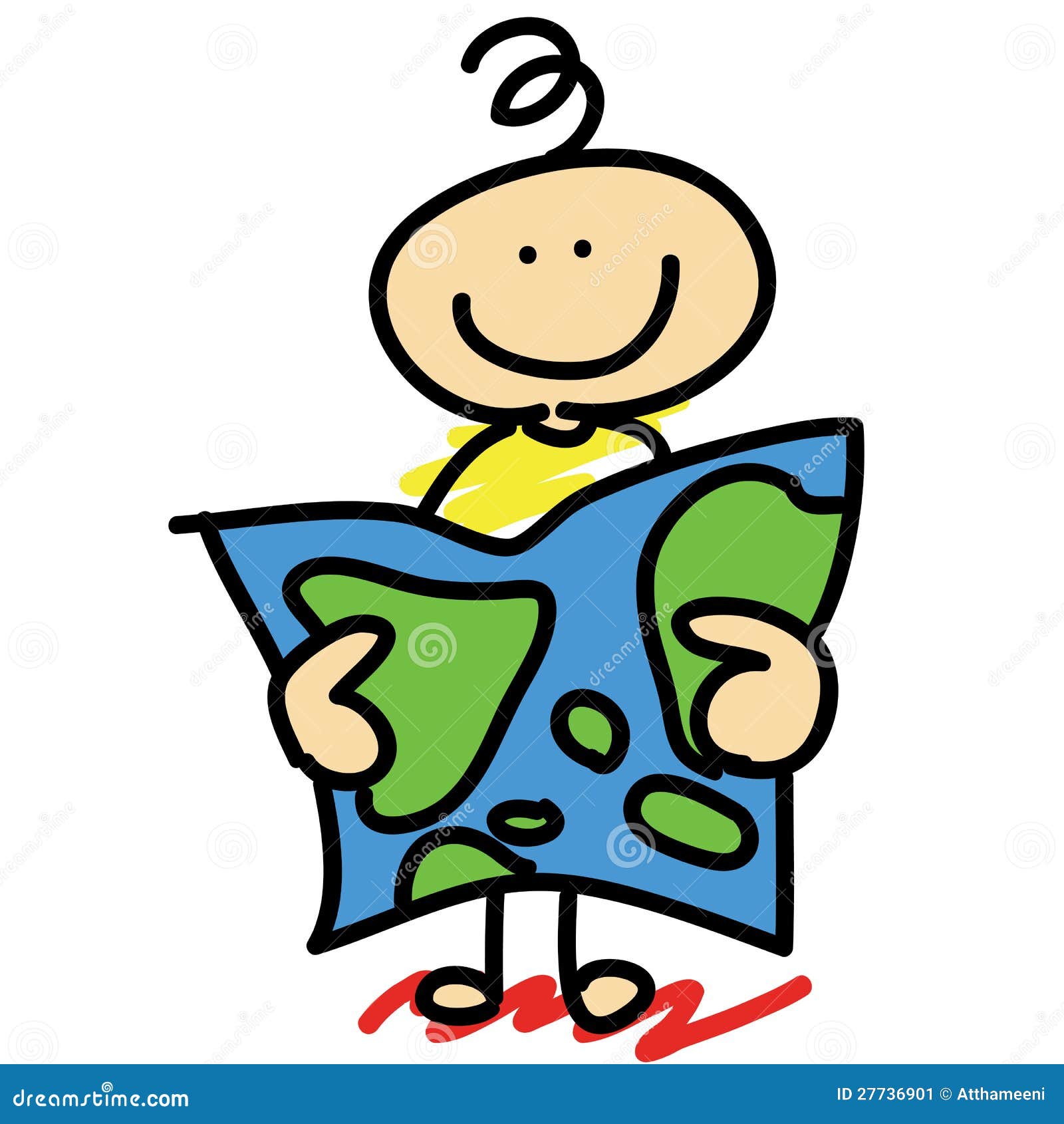Have been looking for ideas for la chandeleur - 2 February (French pancake day) and came across this part of the "momes" site with lots of wonderful coloured and shaped pancakes.
You can access the recipes and the ideas on this part of the momes site blog momes here
This got me thinking about some very simple and easy to make activities for celebrations in schools for la chandeleur!
I have added the new POS learning objectives that could be practised or reinforced with these activities too !
A pancake team challenge for beginner language learners who know their numbers, colours and with children who are moving on who also know fruits,vegetables and possibly flavours)
- Cut out four sets of five coloured circles( each represents a crepe).
- Ask the children to count the pancakes for you and to say the colour of the pancake.
- Make four piles of the pancakes - one from each colour in each pile.Each of the piles will ultimately belong to one of the four teams.The teams have to win the pancakes
- Divide your class on to four teams/
- The aim of the game is to win the crepes.Each team nominates a "writing" chef.
- This chef must come to the front and write what you say.You could say colours, number, fruits, flavours (language linked to the umber and colour of pancakes and fillings).
- The aim of the game is to win for the team one of each of the five coloured pancakes that you have cut out of paper.The chef must write clearly and correctly the spelling in the target language of the word you say.
- You could play this as a speed challenge with two team's chefs up at the front at the same time
- Which team will have their coloured pile of pancakes first?
- Remind the children of the flavours of ice creams.For us this will work well with Year 5 as we learn flavours of ice creams in Year 4.
- Discuss with the Year 5 children other possible flavours made up of the fruits and vegetables we are practising in our healthy eating module at the moment.
- Share these as a written record on the board.
- Give the children chance to try to memorise the phrases you have written on the board.
- Ask them in pairs now to play flip the pancake (just like verbal table tennis) where they take it in turns to say a flavour "e.g je voudrais une crepe au chocolat"
- Make this a time challenge
- How many flavoured pancakes can they flip in 2 minutes?
- Make it a "head to head" game and invite volunteers out to the front to play the "Spoken flip the pancake" challenge!
Dingbat pancake flips! (Say what you can see)
A game for all stages of language learners
- Give each child a piece of A4 paper and ask them to fold the paper into four and to draw four circles on the paper.
- Each circle should be shaded on one side a different colour buy the children
- They need to cut out their four circles.
- The children now need to turn the circles over so the white empty side is facing them.
- They must think of a flavour association with the colour (e.g red - tomato/ pink- strawberry etc)
- In pencil on the white blank side they need to draw a symbol ( a Dingbat) to represent the flavour
- On the coloured side they need to write the flavour in the target language.
- Can other children guess and say the flavour accurately in the target language by looking at other children's "Dingbat pancake flips"?
- Can children ask for each pancake politely using a full sentence target language request?
- Once the have guessed they can flip the pancake to the coloured side and see if they were correct.





















































